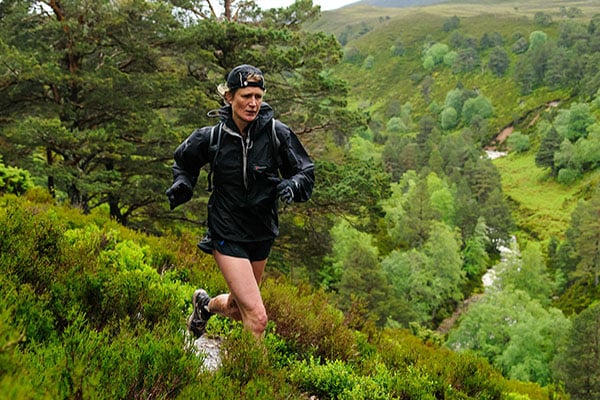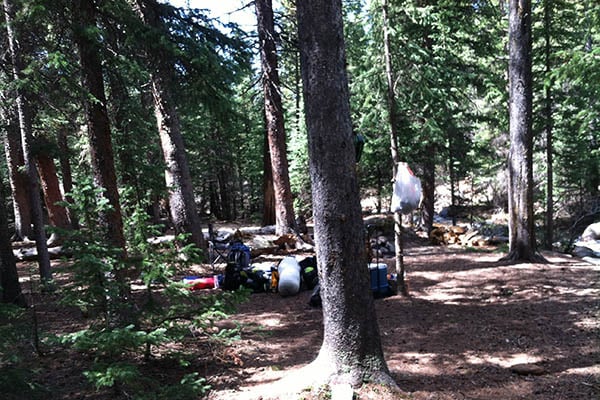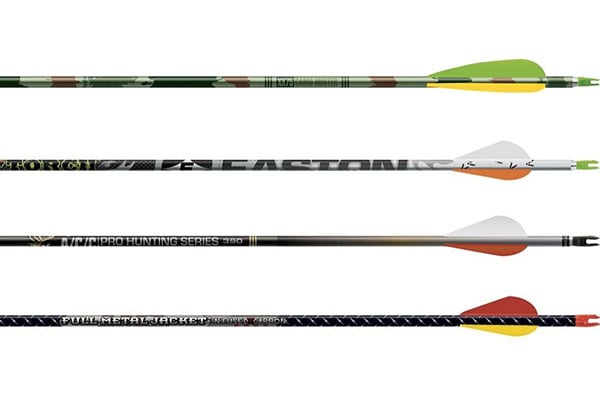Last Updated on
It can get pretty old running around the same sidewalks around your house. A treadmill can be even worse, especially if you’re not into the whole “stare at the TV and try to forget you’re running in the first place” thing. If you’re craving dynamic scenery and fresh air to go along with it, trail running is the way to go. While it may seem intimidating to find a good trail running area to start in, chances are there is a trail a lot closer than you think. Let’s break down the basic technique and gear involved in trail running.
Technique
The most intimidating part of trail running is the uncertain terrain. For those who only run in controlled, flat environments, the idea that loose rocks, roots, vegetation and other hazards can unexpectedly pop up on the trail is pretty concerning. The idea that there may be wildlife like snakes and other animals can make trail running even more intimidating. Fact is, trail running can be pretty exhilarating, and since you’re focused on navigating the terrain successfully, trail running can lead to a much more effective workout since you’re not counting the seconds until the workout is through. There is a certain technique you need to use when trail running, and it can make all the difference between a good run and a rough day.
Pacing
The first mistake most new trail runners make is to try to replicate their flat-ground running pace. Trail running requires a reduction of your stride, and you need to take shorter steps while keeping your body under your feet. Leaning forward or backward while running on uneven terrain can lead to some pretty nasty spills.
You need to run on your toes / balls of your feet rather than your heels, and keep those strides short so you can react to whatever obstacles you encounter. As the incline or decline increases on the trail, you’ll want to shorten your strides even more. If the trail becomes dangerous, it’s always ok to slow your pace to a walk until you get back to more runner friendly sections of the trail.
Running On Uneven Terrain
Another appeal of trail running comes in the added cushion you get on dirt trails. Nothing beats your feet up worse than pavement, and it can be great for anyone to get off the asphalt and onto a trail. That said, while dirt trails can be easier on your feet, they can be far tougher on your ankles, so it is a trade off. Keeping your speed at a minimum can help with the beating your ankles will take, but be prepared for an ankle to turn or even the unexpected fall when you trail run.
Look Ahead
The only way to properly run a rough trail is to keep your head up and searching for upcoming obstacles. Sure you’ll want to focus and look down at a rough stretch, but once through, you need to look back up immediately and see what’s coming next. Your slower pace will allow time to react. Nothing is worse than coming upon a dangerous section too fast, especially when you don’t expect it.
One other note on terrain, don’t be afraid to get muddy or wet. If you’re tiptoeing around puddles all day, you’re not going to get the workout you need. You can always wash those fancy trail running shoes later.
Start Small
If you have the option of tackling challenging trails in your area, make sure you work up to them. Start on a gradual trail until you get the hang of things and evaluate how your ankles react to the trail. It’s a bad idea to start on the most difficult trail in your area. Chances are you’re going to have a bad time.
Gear
Shoes
Proper shoes are the key piece of gear you’ll need to trail run safely, and you’ll want to leave those road running shoes at home. Instead opt for a pair of shoes specifically designed for trail running. These shoes have increased tread on the bottom of the sole to grip the trail, and both the sole and the toe will be reinforced for protection against sharp rocks and vegetation.
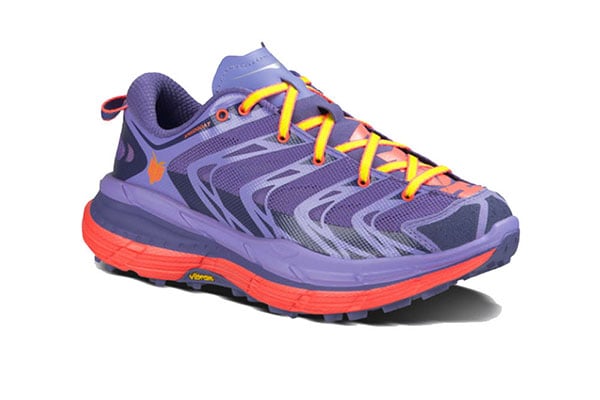
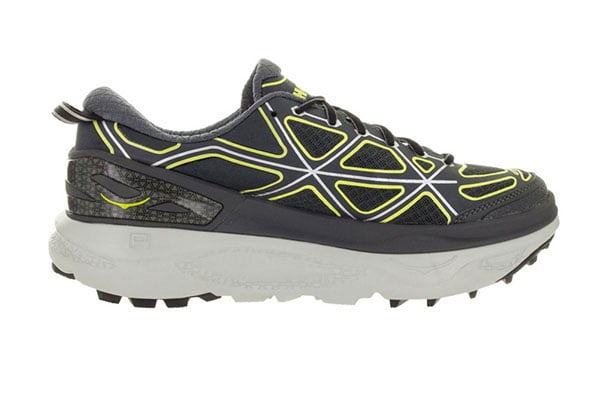
Clothing
Moisture wicking apparel is the way to go in trail running clothing. You can face increased sun exposure and heat on some trails, and you’ll want to stay cool so you can complete your run comfortably. Light and loose clothing is the best way to go, and shorts and a short sleeve shirt or tank top will be ideal. If the trail you’re considering is overgrown and doesn’t leave a lot of space to run, you will probably want to try somewhere else. You want an open trail where you can wear shorts and not worry about tearing up your legs as you run.
Socks
You’ll also want a sock that can breathe and wick moisture away. Blisters and athlete’s foot occur much more frequently in a damp shoe, and you can ensure you won’t get these annoying ailments by selecting a sock with drying action. Low top or high top socks work equally fine, and you should select them based upon your preferences.
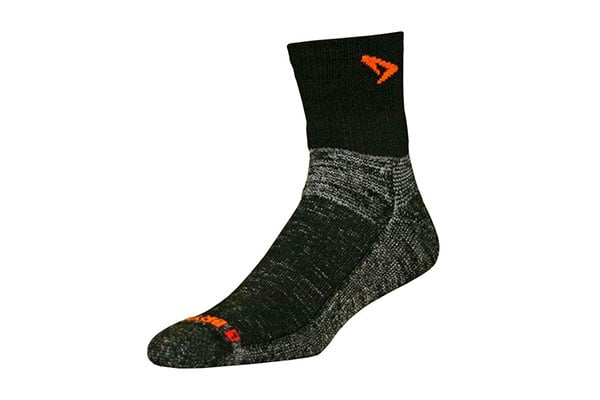
Hydration Pack
Trail running with a water bottle in hand can be difficult, and you really want both hands free to brace if you fall. Hydration is obviously still very important, and the best option for a trail runner lies in a hydration backpack. Choose a pack that gives you a decent amount of water capacity, but don’t go overboard as you don’t want to run with a lot of weight. Opt for a light pack based solely around hydration, but make sure it has a few small pockets for energy bars, keys, bandages, etc.
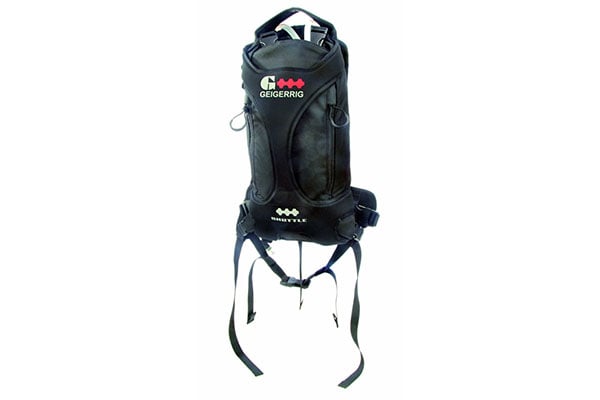
Image one and thumb courtesy of Wikimedia Commons.
